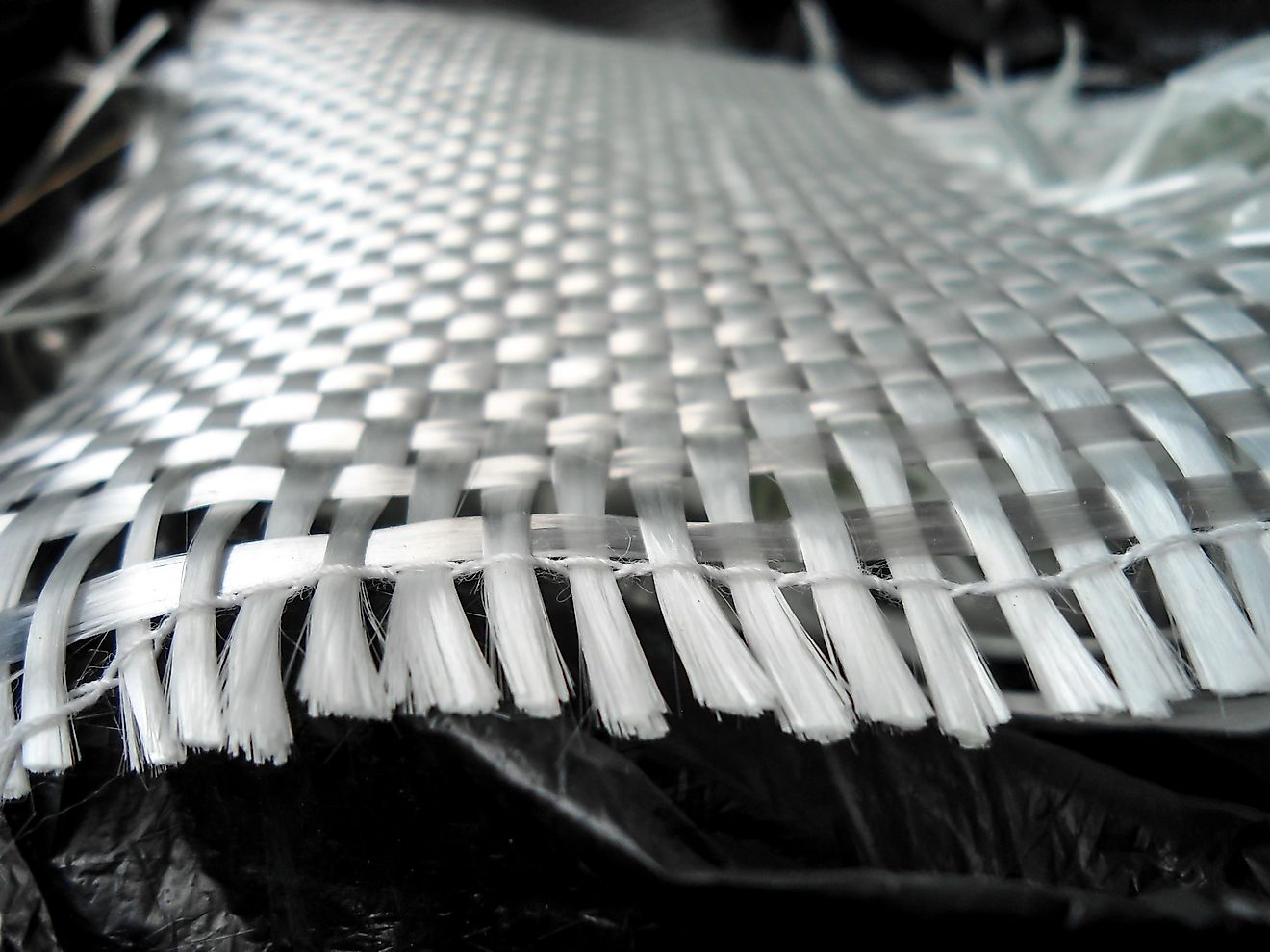The Hardest Materials On The Planet

- Graphene is the hardest man-made material, 200 times more powerful than steel.
- Diamonds are the strongest material we can find in nature, measuring between 70 and 150 GPa on the Vickers Hardness Test.
- Kevlar is a material that was often used to replace classic steel rims in race-cars because it weighs much less, and it is far more sturdy.
People have found many different resources in nature that were then used to create shelter, tools, vehicles, rockets, or jewelry. The products you buy, especially if they fall into the "technical" category, are often judged by how well they are built, how sturdy they are, and how long term use affects the items' physical integrity. If you want something resilient, you need a hard material, and here is what humans have come up with so far.
What Are Hard Materials?
First of all, let us quickly explain what we discuss when we talk about the hardness of a specific material.
Simply put, we are referring to the strength of a particular material to withstand various degrees of external force that stresses the material. Superhard materials are measured on a scale that is known as the Vickers Hardness Test. The unit that expresses what kind of pressure an item can take before it breaks is called gigapascals (GPa). For example, the strongest naturally occurring material we know are diamonds, and they score between 70 and 150 GPa. Anything that measures above 40 GPa is considered a superhard material.
1. Graphene

The first entry on our list is a material that is predicted to have a massive impact on the aerospace industry and automobile production. However, since its discovery in 2010, it has yet to be used outside experimental applications mostly in space-related tests that have shown extremely promising results. It is 200 times more powerful than steel, 1,000 times lighter than paper. Graphene is made out of just one layer of carbon atoms that are positioned in a triangular lattice form. It is extremely flexible, and the way its carbon atoms bond together makes it not only extremely strong and very conductive of electricity and heat. Compared to copper, straps composed of bonded graphene sheets have 10 percent of the mass with up to twice the thermal conductivity. While insiders are confident that we'll finally be seeing cars, planes and many electronics using graphene-based technology in the next few years the challenge still remains of producing it in large quantities.
2. Carbon Fiber

Carbon fiber is a form of fiber that has mostly carbon atoms arranged in a hexagonal pattern. These fibers have about 5-10 micrometre in diameter. The main difference between graphene and carbon fiber is size graphene is the thickness of a single carbon atom layer a much smaller diameter. Carbon fiber features that make it a great choice for building military equipment, rockets, and sport's car parts are high stiffness and very low weight. Carbon fiber can also tolerate very high temperatures and is highly resilient to a number of different abrasive chemicals.
3. Kevlar

Another hard material that was adapted into the automotive industry and military was kevlar. Kevlar is five times more powerful than steel when it comes to the tension that it can withstand. That is why it is still used to make bulletproof vests: it is very hard, and a super-light material on top of that.
4. Diamonds

You probably expected to see diamonds on top of this list, but man-made materials are much stronger than the hardest mineral we can find on Earth. Diamonds are still, despite the rarity and a very high price, still used in many industries. Some special sorts of blue diamonds act especially well as insulators and electrical (semi)conductors.
5. Glass Fiber

This synthetic material was first created in the 1930s, and it is very much similar to carbon fiber. However, it is a lot cheaper to make than carbon fiber, which is why it was often used as a method to thermally insulate a building.











